| Served aboard the U.S. Navy's most venerated vessel, the USS Constitution 'Old Ironsides' in the early 1900's. |
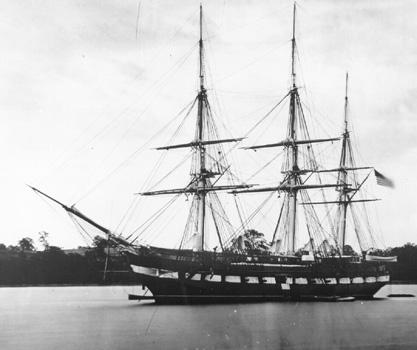 |
| Chief Morris served aboard the USS Maryland from 1915-1916. |
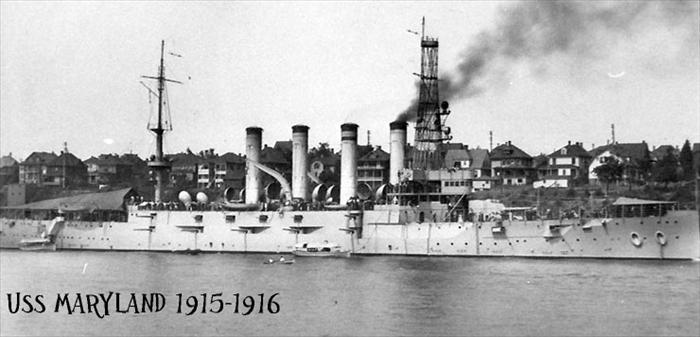 |
| Assigned to the USS North Dakota in 1914. |
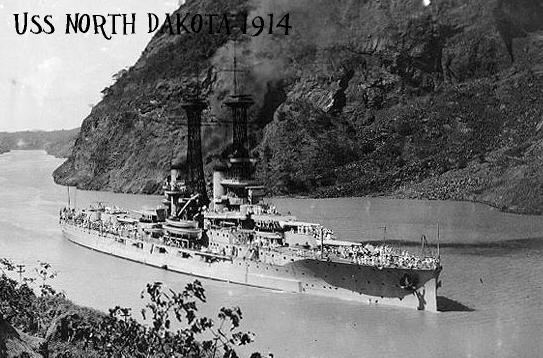 |
| Assigned to the USS Pittsburgh in 1914. |
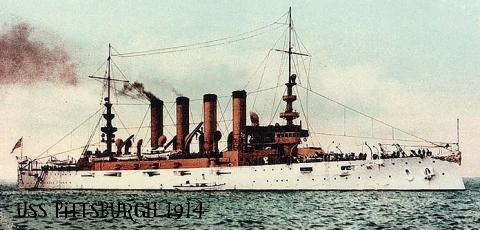 |
| Assigned aboard the USS Colorado, 1913. |
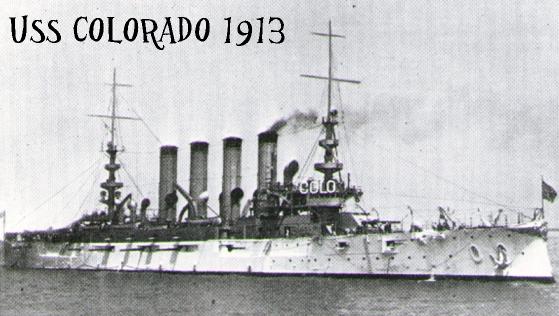 |
| Served aboard the USS Alert, 1912. |
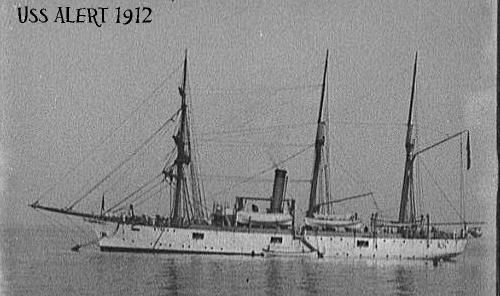 |
| Served aboard the USS Independence, 1912. |
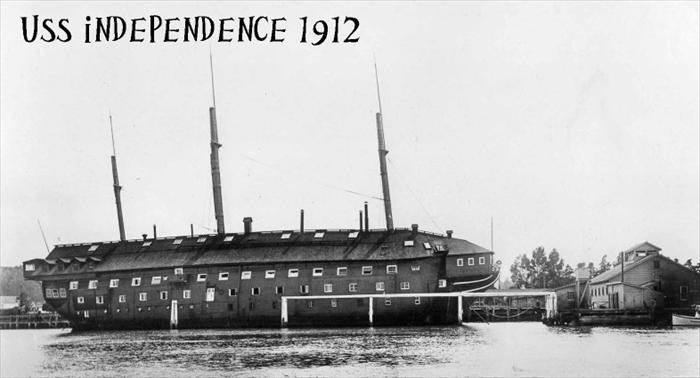 |
| Chief Morris served aboard the USS Kearsarge from 1907-1909. |
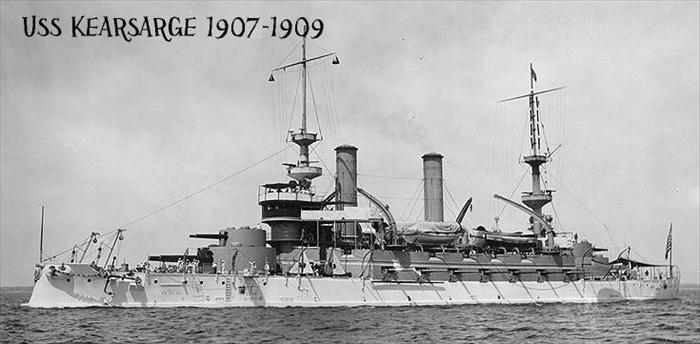 |
| Served aboard the USS Dixie, 1904-1906 |
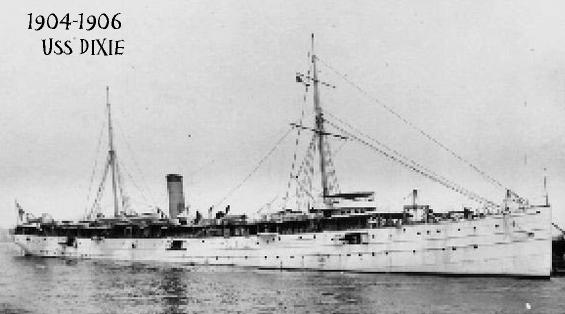 |
| Served aboard the USS Topeka on Jan 1, 1904. |
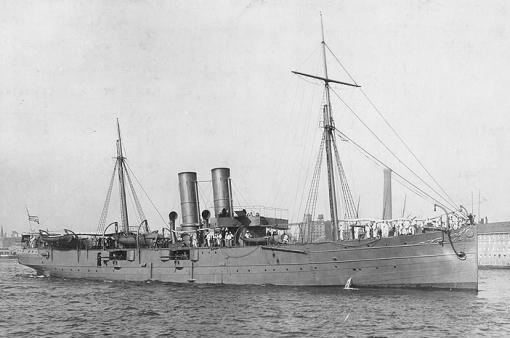 |
| Served aboard the USS Columbia sometime during the early 1900's. |
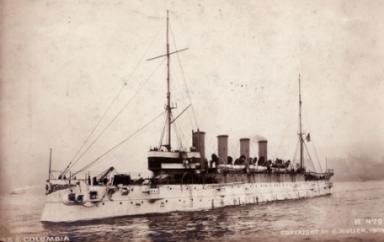 |
| First ship he served aboard during his training cruise, aboard the Revolutionary War frigate, USS Alliance in 1904. |
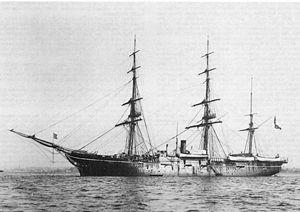 |
| Page 6 of Chief Morris' service record. |
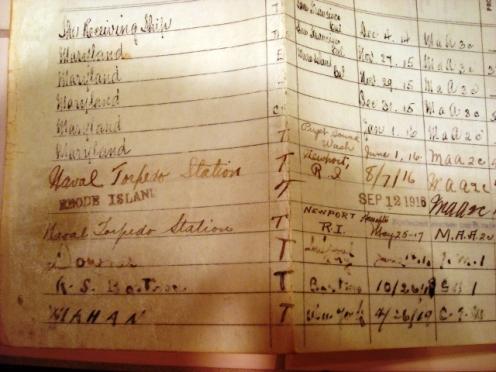 |
| Page 4 of Chief Morris' service record. |
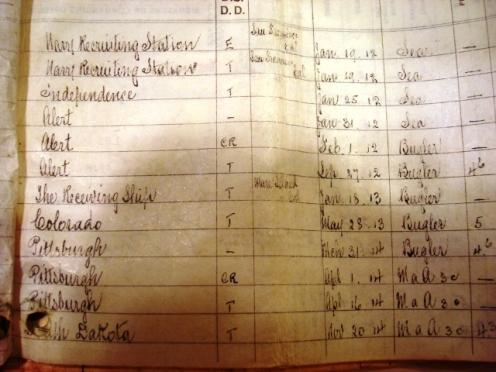 |
| Page 2 of Chief Morris' service record. In the far right column you can see the rates. "App 2c" is Apprentice Second Class, "OS" is Ordinary Seaman, and Bugler. These are of course (except for Bugler) archaic rank designations. The Apprentice rank would have been when Chief Morris was in the "Apprentice Program". He appears to have been designated "OS" when the program was abolished. Then for a time served as a Bugler. This was not uncommon as buglers were the announcing system for the old ships before the advent of "PA" systems (the 1MC as we know it today). Yes, the Bosons Call was used, but there were many bugle calls in use also and the bugle actually has a "longer reach". |
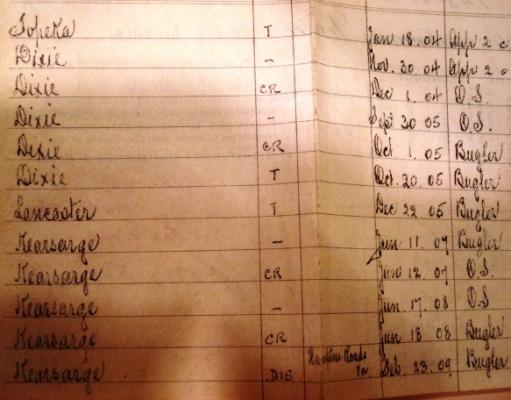 |
| Page 1 of Chief Morris' service record. |
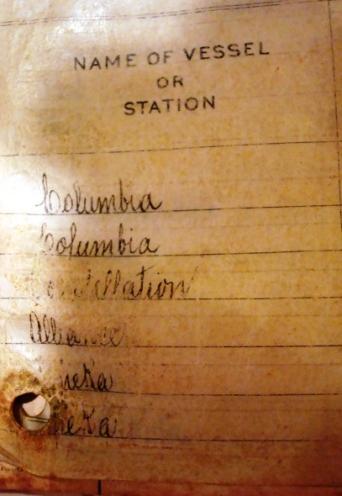 |
| Picture of Chief Morris from a newspaper article written about him in 1948. |
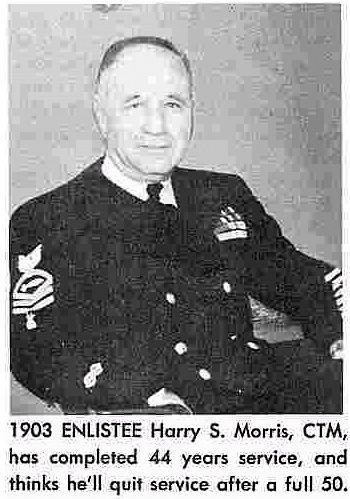 |
| Chief Morris' Medals. Top Row from Left to Right: Navy Good Conduct Medal (WWII era), China Relief Expeditionary Medal (Navy), & World War I Victory Medal. Middle Row: Cuban Pacification Medal (1908), American Defense Service Medal, & the Asiatic Pacific Campaign Medal. Bottom Row: World War II Victory Medal, Philippine Liberation Medal, & Philippine Independence Medal.
Throughout Chief Morris' long and illustrious career, he was awarded medals from nearly every country. But in existing photographs, he is oftentimes only shown wearing some of his awards, when undoubtedly he was authorized to wear many more. |
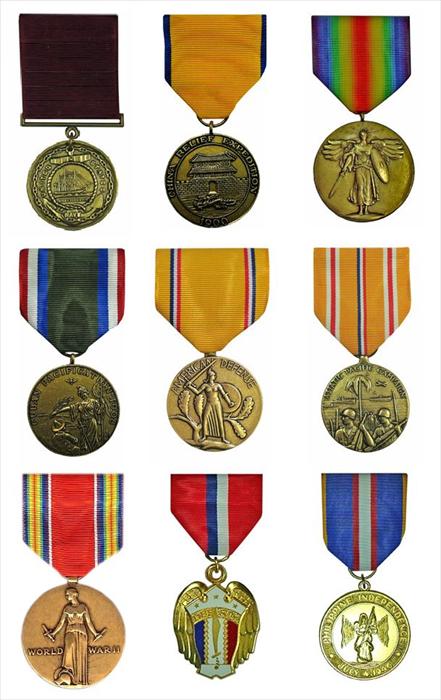 |
| Chief Morris' Ribbons: From Top to Bottom, Top Row: Presidential Citation & Presidential Unit Citation (Navy), Second Row: Navy Good Conduct Medal (WWII era), China Relief Expeditionary Medal (Navy), & World War I Victory Medal. Third Row: Cuban Pacification Medal (1908), American Defense Service Medal, & the Asiatic-Pacific Campaign Medal. Bottom Row: World War II Victory Medal, Philippine Liberation Medal, & Philippine Independence Medal. |
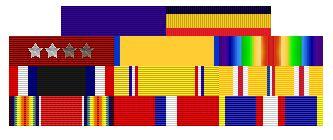 |
| An Ex-Apprentice Boys ‘Figure-of-Eight Knot Distinguishing Mark. Enlisted men who have held the rating of Apprentice in the Navy shall wear a mark consisting of a "figure of eight" knot. Chief petty officers shall wear it on the coat sleeve below the rating badge. Other men shall wear it on the breast of the jumper, 2" below the "V", neck opening. |
 |